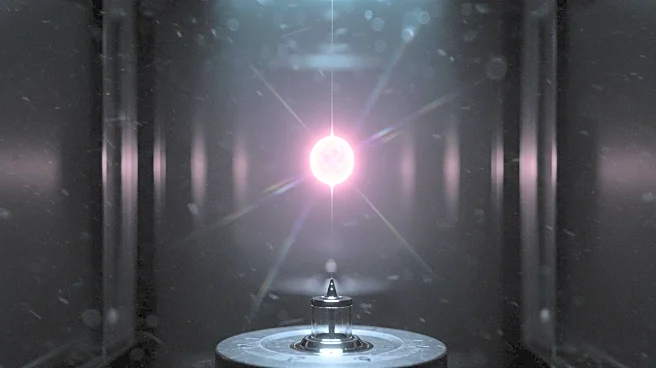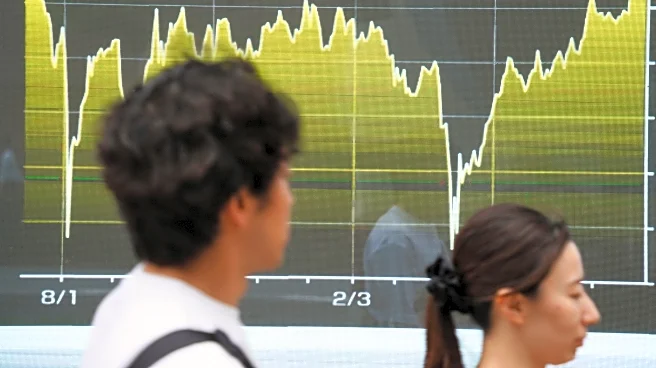Rapid Read • 8 min read
Researchers at Tampere University, along with collaborators from Germany and India, have experimentally confirmed the conservation of angular momentum at the quantum level. This breakthrough was achieved by demonstrating that when a single photon is converted into a pair, the angular momentum is conserved. This validation of a fundamental physics principle opens new possibilities for creating complex quantum states that could be useful in computing, communication, and sensing. The study, published in Physical Review Letters, involved delicate measurements due to the inefficiency of the required nonlinear optical processes, where only every billionth photon is converted to a photon pair. Despite these challenges, the researchers successfully confirmed the conservation law and observed indications of quantum entanglement in the generated photon pairs.
AD
The confirmation of angular momentum conservation at the quantum level is a significant advancement in the field of quantum physics. It not only validates a fundamental principle but also paves the way for the development of novel quantum states. These states have potential applications in quantum communication and network schemes, which could revolutionize the way information is transmitted and processed. The ability to create entangled photon pairs in space, time, and polarization could lead to more secure communication methods and enhance the capabilities of quantum computing. This research marks a step forward in understanding and utilizing quantum mechanics for practical applications, potentially impacting industries reliant on advanced computing and secure communications.
The researchers plan to improve the efficiency of their experimental setup and develop better strategies for measuring the generated quantum states. This will facilitate easier detection of the photonic needles in the laboratory haystack, allowing for more extensive testing and application of the conservation law. Future efforts will focus on leveraging the generated multi-photon quantum states for novel fundamental quantum tests and applications in quantum photonics. These advancements could lead to breakthroughs in quantum communication technologies and further exploration of quantum entanglement properties.
The implications of this research extend beyond immediate technological applications. It challenges existing paradigms in quantum mechanics and encourages further exploration of quantum entanglement and conservation laws. The ethical and philosophical dimensions of manipulating quantum states also warrant consideration, as they could influence future discussions on the nature of reality and the limits of scientific exploration. Additionally, the research highlights the importance of international collaboration in advancing scientific knowledge and tackling complex problems.
AD
More Stories You Might Enjoy












